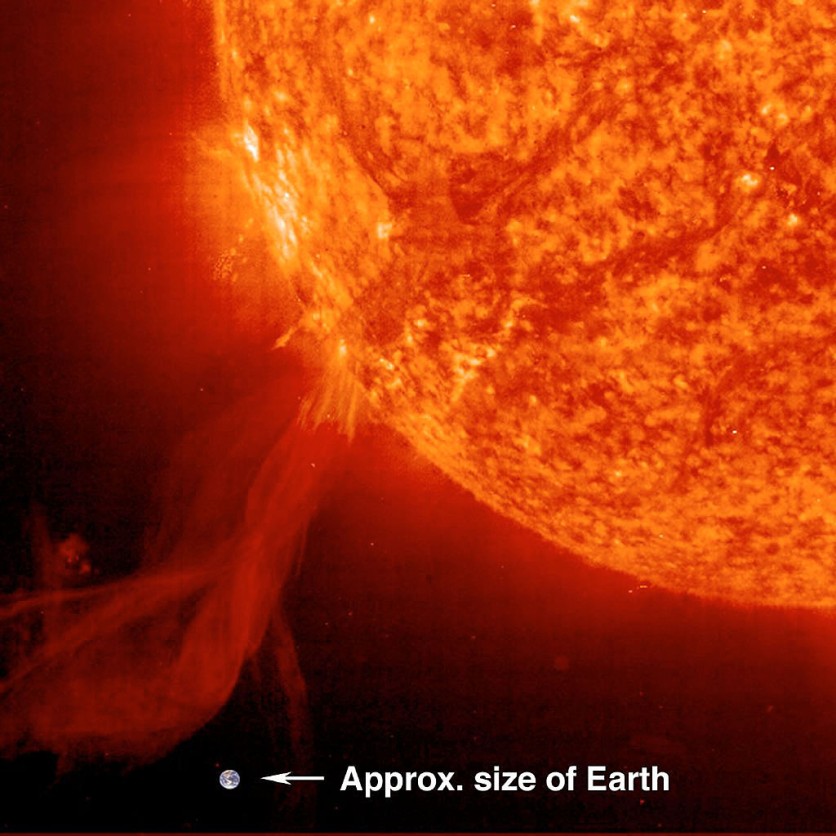NASA has turned to artificial intelligence (AI) to help prepare for dangerous space weather that could threaten power grids and other critical infrastructure on Earth.
Using spacecraft measurements of the solar wind and AI, NASA's computer model predicts where an impending solar storm will strike with 30 minutes of warning, giving enough time to prepare for the impact.

A 'DAGGER' For a Storm
The computer model is called DAGGER, and it combines swift AI analysis with real measurements from space and across the Earth to generate frequently updated predictions that are both prompt and precise for sites worldwide.
The research team at Frontier Development Lab, a public-private partnership that includes NASA, the US Geological Survey, and the US Department of Energy, used AI to identify relationships between solar wind measurements and geomagnetic perturbations observed at ground stations across the planet.
They created the computer model DAGGER using "deep learning," an AI technique that teaches computers to spot patterns based on prior samples.
In less than a second, the model generates forecasts, which are updated every minute. It can accurately forecast geomagnetic disturbances 30 minutes in advance.
Two geomagnetic storms that occurred in August 2011 and March 2015 were used by the DAGGER team to evaluate the model's capabilities. In each instance, DAGGER was able to swiftly and precisely forecast the storm's global effects.
"With this AI, it is now possible to make rapid and accurate global predictions and inform decisions in the event of a solar storm, thereby minimizing - or even preventing - devastation to modern society," Vishal Upendran of the Inter-University Center for Astronomy and Astrophysics in India, lead author of a paper about the DAGGER, said in a statement.
Read Also : NASA Hubble Discovers Saturn's Ring System Heats Planet's Atmosphere-A Never-Before-Seen Phenomenon!
Upcoming Solar Maximum
The next "solar maximum," a high in the Sun's 11-year activity cycle, is anticipated to occur sometime in 2025, increasing the risk of geomagnetic storms and their disastrous repercussions on humanity.
Power grid operators, satellite controllers, telecommunications corporations, and others may adopt the DAGGER model's open-source computer code with assistance in order to use the forecasts for their own purposes.
Such alerts could allow them enough time to take precautions to safeguard their assets and infrastructure from an approaching solar storm, such as briefly shutting down important systems or repositioning satellites to reduce damage.
NASA's use of AI to prepare for solar storms is a significant development that could help prevent severe impacts on power grids and other critical infrastructure.
Related Article : NASA Hubble Telescope Captures Space Cluster Containing Stars Millions of Years Old; Here's Why NGC 2660 Is Intriguing

ⓒ 2025 TECHTIMES.com All rights reserved. Do not reproduce without permission.




